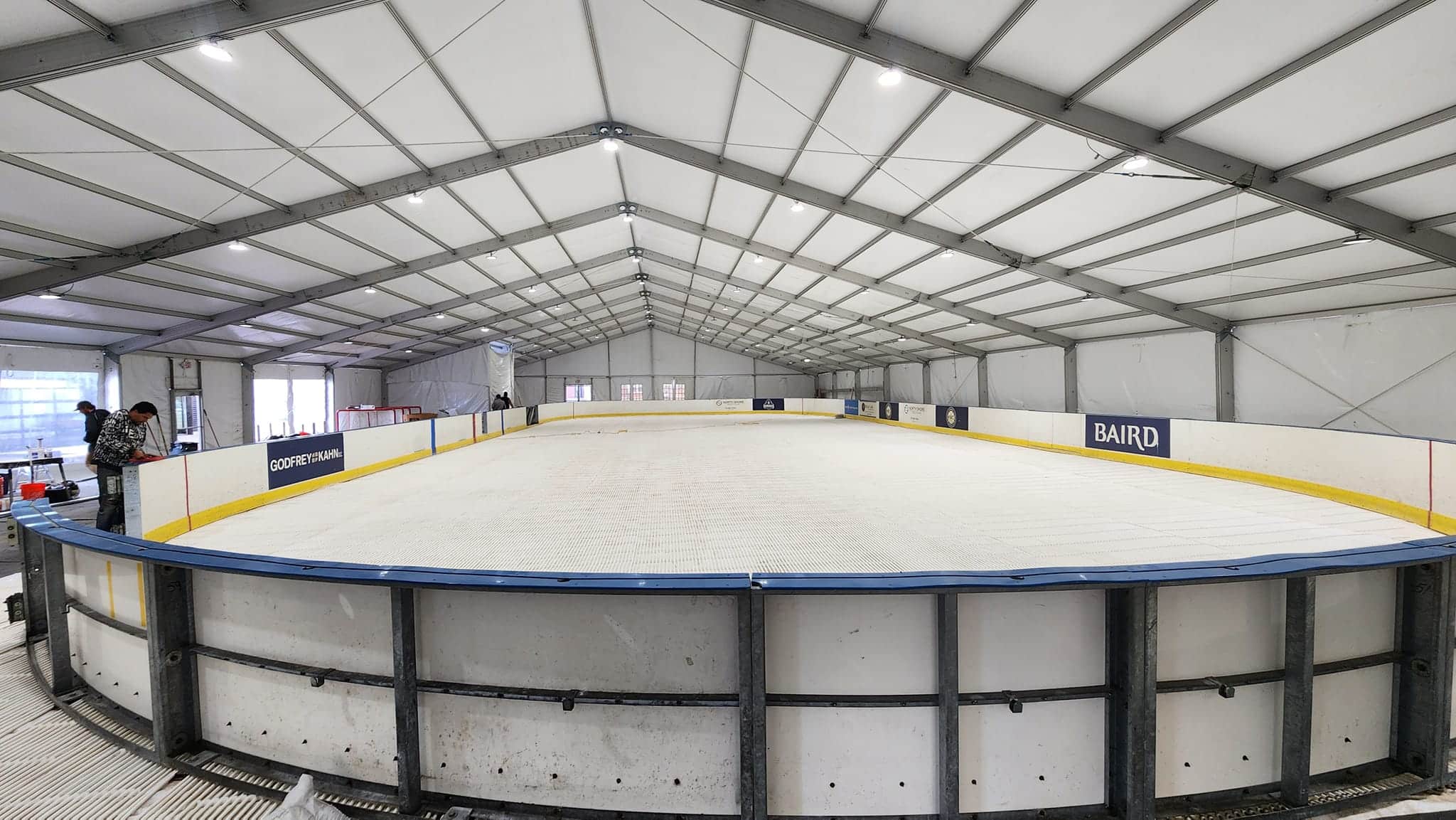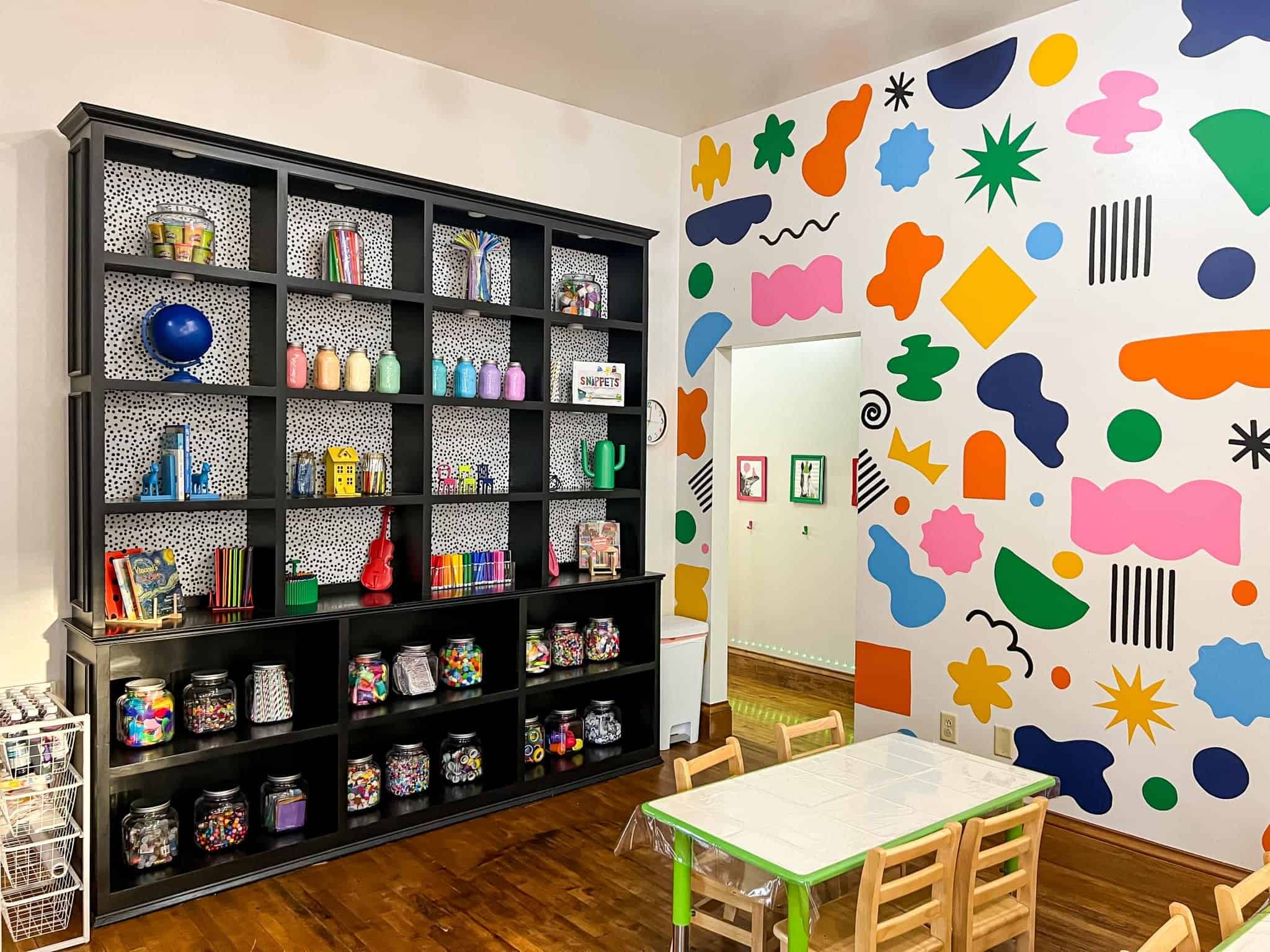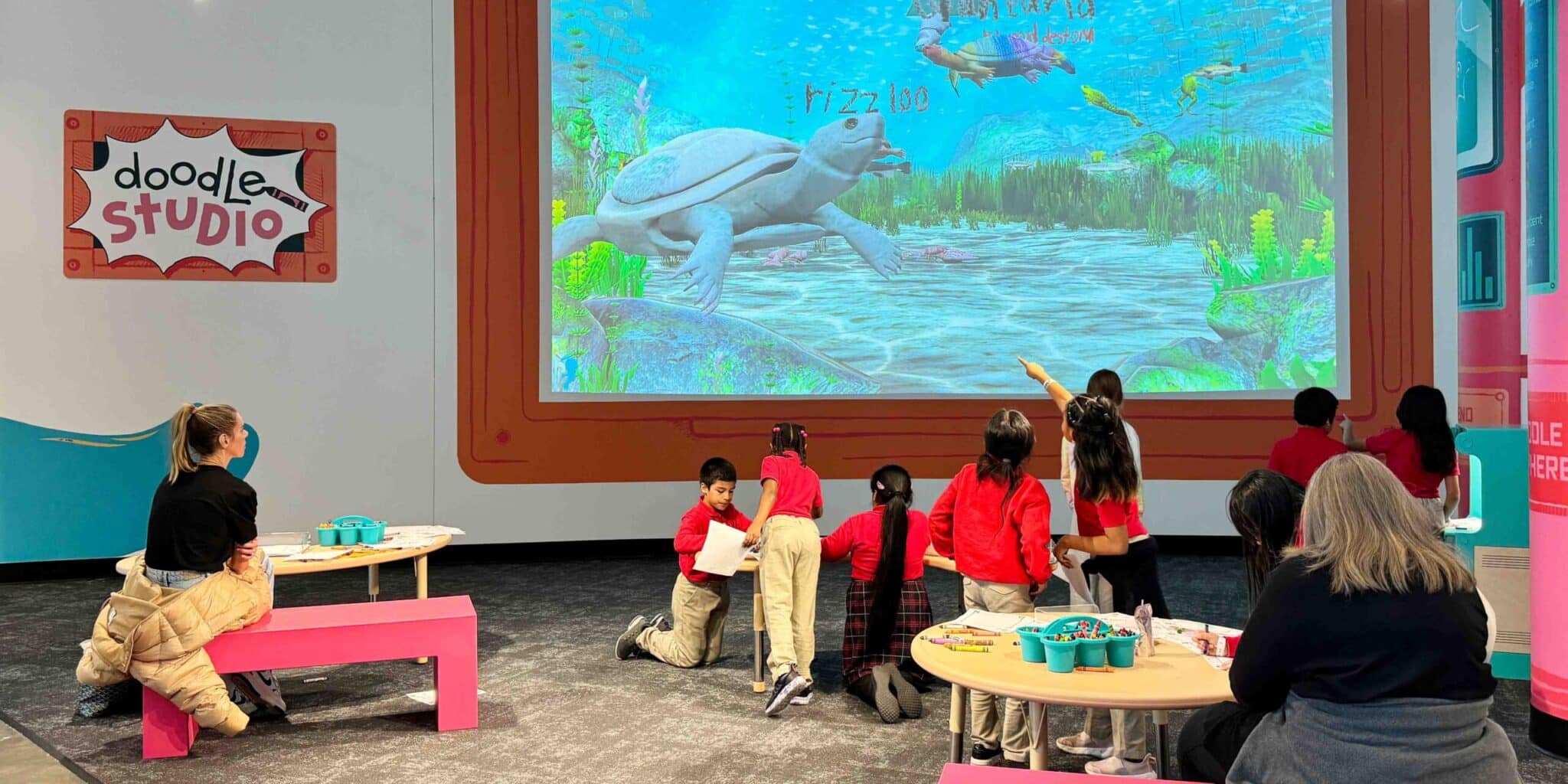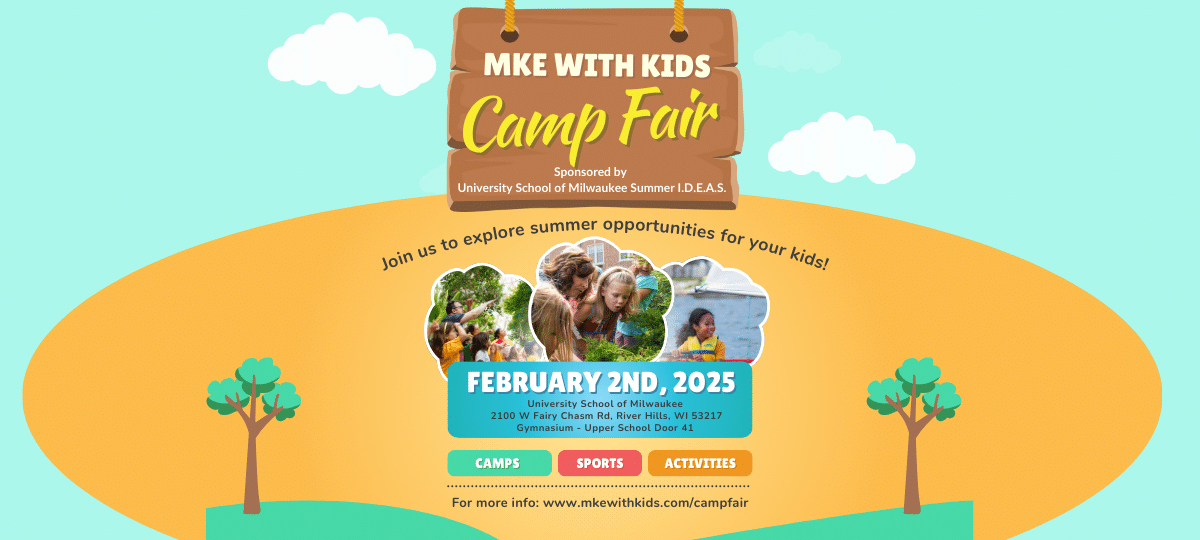Hey there, new parents!
As a mom of three, I’ve spelled hard work in different ways over the years, but nothing quite sums it up like t-w-o m-o-n-t-h o-l-d b-a-b-y.
But I’m here to tell you from experience – you’ve got this.
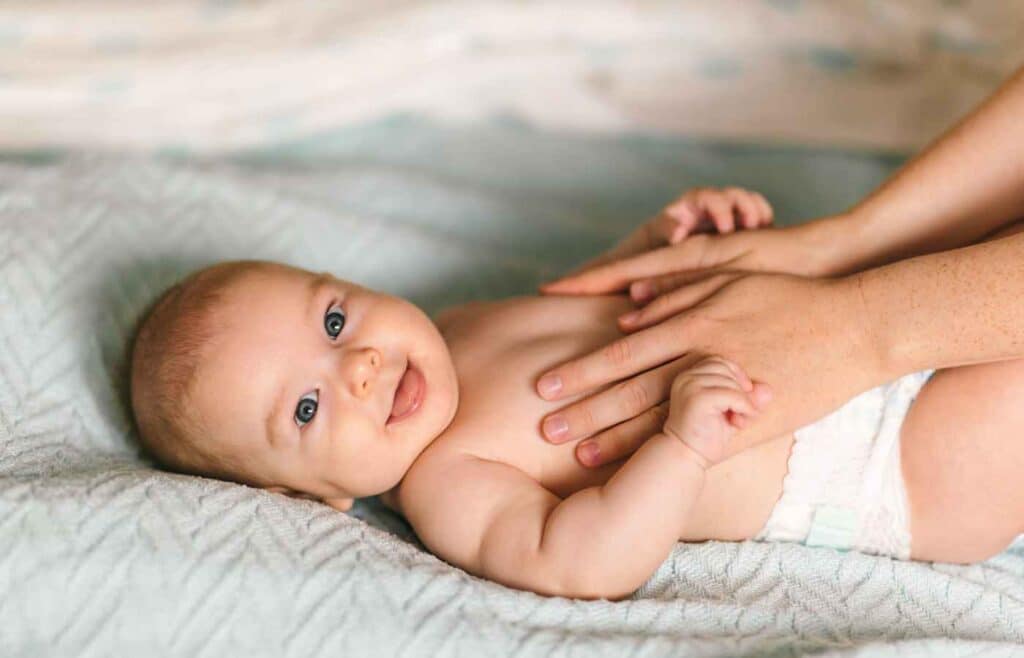
Whether it’s your first or third time around the baby block, every little munchkin is unique.
I’ve rounded up 25 carefully chosen activities that focus on health, safety, and the physical and emotional development of your two-month-old.
These activities not only spice up your baby’s daily routine but also give you a treasure trove of bonding moments.
Let’s dive in!
1. Tummy Time: Safety First!
Oh, the ever-popular Tummy Time! It’s like a mini gym class for your two-month-old baby, but safety should be your personal trainer. Tummy time is essential for developing upper body strength and head control, but doing it the right way is crucial.
The Ideal Spot
First, pick a flat, soft surface. While a play mat is a great idea, a clean blanket on the carpet works too. Make sure the area is free from any objects your baby could roll into or grab. Always ensure the space is supervised.
The Right Position
Gently lay your baby down on their tummy. Keep toys or mirrors at their eye level to make it more engaging. Make sure to support your baby’s head and neck when you’re placing them down or picking them up.
Time It Right
Don’t overdo it. Start with short time intervals, like 1-3 minutes, especially if it’s their first month of practicing tummy time. You can gradually increase this as they get more comfortable. The most important thing here is to observe how your baby is responding. If they seem tired or frustrated, it’s a good idea to switch activities.
Keep Them Engaged
Engagement is key. Sit in front of your baby, sing songs, make funny faces, or shake a colorful toy to keep them interested. This is also a great way to bond and spend some quality time together.
Safety Checks
While you enjoy this great activity, never leave your baby unattended. Regularly check to ensure they aren’t putting their face directly into the mat, as this could obstruct their breathing. If your baby falls asleep during tummy time, gently move them to their back or crib, as sleeping on the tummy is not recommended for newborns due to SIDS risks.
Consult Medical Advice
If your baby has specific health issues or you have concerns, it’s always best to consult your pediatrician for personalized medical advice before incorporating tummy time into your daily routine.
2. Facial Expressions
Ever played the mimic game? Well, now’s a great time! Make different facial expressions and watch as your two-month-old tries to copy you. This simple activity can work wonders for their emotional development.
3. Hand-Eye Coordination with Colorful Toys
Wave a colorful toy in front of your baby and let them try to grasp it. This helps with hand-eye coordination and also tickles their sense of touch with different textures. It’s like the baby Olympics but without the gold medals.
4. Reading Time
Believe it or not, it’s never too early to introduce your baby to the world of literature. Even if they can’t understand the words yet, the sound of your voice can be soothing and can aid in language development.
Here is a list of the 100 Best Baby Books For Your Nursery
5. Baby Massage: The Ultimate Bonding Experience
Oh, the joys of baby massage! If you thought massages were only for spa days or aching backs, think again. Baby massages are a thing, and they are a fantastic way to spend some quality time with your little one while reaping a whole host of benefits.
Why It’s a Great Activity
First off, baby massages are a wonderful way to enhance physical development. The gentle, circular motions can stimulate muscle and brain development, while the skin contact enhances your baby’s sense of touch.
Setting the Mood
Before you turn your living room into a baby spa, make sure the atmosphere is calm and comfortable. Dim the lights, play some soft music, and ensure the room temperature is warm but not hot. Keep the essentials close by: baby-safe oil, a soft towel, and of course, your baby.
Gentle Touches
Gently lay your baby on a flat surface, preferably on a soft towel. Begin the massage using a baby-safe oil to reduce friction. Start with the legs, making your way up to the torso, arms, and finally, the head. Use soft, circular motions, and avoid putting pressure on sensitive areas like the spine or the neck.
Safety First
Remember, the key word is “gentle.” Your touch should be light but firm, and always watch your baby’s reactions. If they seem uncomfortable or start crying, it might be best to stop and try another activity.
Medical Advice
While baby massages are generally safe and beneficial, if your baby has a medical condition or you’re unsure about anything, a quick chat with your pediatrician for some medical advice is always a good idea.
Not Just Physical
Beyond the physical development, baby massages can aid in emotional development by making your baby feel secure and loved. It’s also an incredible way for parents to understand their baby’s body language and different cries, building a deeper emotional bond.
6. Baby-Safe Mirror Games: Reflecting on Safety and Fun
Mirror, mirror on the wall, who’s the cutest baby of them all? Engaging your two-month-old with their own reflection isn’t just adorable; it’s also beneficial for their development. But before you dive into a mirror game, let’s talk safety.
What is a Baby-Safe Mirror?
A baby-safe mirror is typically made of high-quality, shatterproof material that ensures it won’t break into dangerous shards if it falls. These mirrors are also designed with rounded or cushioned edges to minimize any injury risks. Always opt for a mirror specifically labeled as “baby-safe” when purchasing.
Setting Up Your Safe Mirror Space
Place the baby-safe mirror securely on a flat surface or attach it to your baby’s play gym, ensuring it’s tightly fastened. Make sure the area around the mirror is clear of any other objects to keep the focus solely on the reflection.
Benefits of Mirror Play
Positioning your two-month-old baby in front of a baby-safe mirror can be quite entertaining for them. This activity is excellent for promoting self-awareness, as well as for improving visual tracking skills. Your baby may find their reflection to be their new favorite toy, and who can blame them?
Making it More Engaging
To make the activity more fun, try making faces or using colorful toys to catch their attention. Seeing how your baby reacts to their reflection and your own antics can also give you insights into their social and emotional development.
Reminder for Supervision
Though baby-safe mirrors are designed with safety in mind, supervision is key. Always keep an eye on your baby during mirror play to ensure they are interacting with it safely.
7. Shake a Rattle
A simple rattle can work wonders in improving your baby’s hand-eye coordination. Make sure to choose one that is easy for them to grip.
8. Play Peek-a-Boo
An oldie but a goodie, peek-a-boo can help with social skills and object permanence.
9. Outdoor Stroll
Fresh air is always a good idea. Pop your baby into a baby carrier or stroller and take a walk outside. It’s great for visual and sensory development.
10. Footprint Art
Use baby-safe, non-toxic paint to make cute footprints on paper. It’s a fun sensory experience and a keepsake!
11. Dance, Baby, Dance
Hold your baby securely and dance around the room. It’s fun, and the gentle motion can help with their sense of balance.
12. Singing Time
Whether it’s nursery rhymes or your favorite tunes, singing to your baby can enhance language skills and provide emotional comfort.
13. Explore the Play Gym
With different objects, textures, and colors, a baby play gym is like a mini adventure park for your baby. Make sure it has some hanging objects for them to reach out and touch.
14. Animal Sounds
Show pictures of different animals and mimic their sounds. It’s a cute way to start teaching them about the world around them.
15. Talk to Me
Regular conversation can go a long way in language development. Describe your actions or narrate a story in a lively tone to keep them engaged.
16. Water Play: Splish, Splash, Safely
Water play is more than just a precursor to bath time; it’s a fantastic way to engage your baby’s senses and introduce them to the fascinating world of water. While the sound of tiny splashes and giggles is endearing, safety is the priority here.
Choose a shallow basin or tub that’s appropriate for your baby’s size. Place it on a flat surface, and make sure it’s stable to prevent any tipping. Fill it with a small amount of lukewarm water—just enough to cover your baby’s legs but not deep enough to pose a drowning risk. Always test the water temperature yourself before placing your baby in it.
Non-slip mats can add an extra layer of safety. Place one under the basin and consider another one inside to provide a grip for your baby. Some parents also opt for soft corner protectors for hard-edged basins.
Supervision is Non-Negotiable
Never, ever leave your baby unattended during water play. Not even for a second. Continuous supervision is crucial to ensure that your baby doesn’t tip over, consume the water, or face any other potential risks.
Baby’s Comfort
Keep towels and a change of clothes handy. Babies can get chilly quickly, so being prepared to dry them off immediately after the water play is a good idea.
Engaging But Safe Toys
Float some baby-safe toys in the water to make the activity more engaging. However, ensure that these toys are free from small parts that can be choking hazards and are made from materials that won’t harm your baby if they decide the toy looks tasty.
Watch for Signs
Pay close attention to your baby’s body language and mood. If they appear uneasy or start crying, it might be time to end the activity. Some babies take a while to warm up to the sensation of water play, and that’s perfectly okay.
Around 5 to 10 minutes is usually a good timeframe for this age group.
Aftercare
Once you’re done, dry your baby thoroughly, especially in the skin folds where moisture can linger. A quick application of baby lotion can help keep their skin soft and hydrated.
Medical Advice
If your baby has any skin conditions or other health issues that might be aggravated by water play, consult your pediatrician beforehand.
17. Family Face Time
Lay your baby on a comfortable flat surface and bring different family members into their line of sight, one at a time. This encourages social interaction and emotional development, as they learn to recognize different people and even different facial expressions.
18. Gentle Tickles
Use a feather or your fingers to gently tickle your baby’s feet, hands, or tummy. This will engage their sense of touch and could also be a precursor to developing ticklish spots. It’s an easy way to engage and elicit those adorable baby giggles.
19. Blow Bubbles
Hold your baby securely in a sitting or lying position and blow bubbles for them to watch. The bubbles will captivate their attention and help with visual tracking. Plus, the floating movement adds a new element to their visual world.
20. Chores in a Baby Carrier
We all know that chores wait for no one, not even a new parent with a two-month-old baby. But what if you could turn necessity into an educational experience? By using a baby carrier, you can accomplish tasks around the house and engage your baby’s senses simultaneously.
What You’ll Need
- A sturdy, ergonomically-designed baby carrier that supports your baby’s head and neck.
Safety First
Before you jump into multitasking mode, there are a few safety considerations:
- Make sure the baby carrier securely fastens and offers good support for your baby.
- Keep chores light and avoid any activity that involves harsh chemicals, heat, or sharp objects.
- Ensure that your baby’s airways are clear and that they’re comfortably strapped in, facing either toward you or outward, depending on their developmental stage and the design of the carrier.
Learning on the Go
As you move around, your baby gets to experience different sights, sounds, and motions, all of which can be beneficial for sensory development. They’ll hear the sound of the washing machine, see the colors of the laundry, or feel the movement of sweeping or mopping.
Emotional Benefits
Being close to you can be very comforting for your baby, providing emotional development advantages. They get to listen to the sound of your voice and even your heartbeat, which can be incredibly soothing.
21. Social Skills at Family Gatherings
Got a family dinner coming up? This is a good time for your baby to hear different people’s voices and engage in social interaction. Don’t forget to pass the breast milk (for the baby, of course!).
22. Language Development through Nursery Rhymes
Your voice is music to your baby’s ears. Sing some nursery rhymes and engage in gentle way conversations. This will not only make the sound of your voice familiar but also aid in language skills.
23. Soft Blocks Stacking
Stack soft, fabric blocks in front of your baby and let them knock them down. This simple game can teach cause and effect.
24. Colorful Mobile
Hang a mobile with bright colors and interesting shapes over your baby’s crib. It’s excellent for visual tracking.
25. Exploring Different Sounds
Discovering various sounds can be an enriching experience for your two-month-old, boosting their language and auditory skills.
What You’ll Need:
- Objects or toys that make different sounds.
Safety Tips:
- Keep the volume moderate to protect your baby’s sensitive ears.
- Ensure no small, choking-hazard objects are within reach.
Steps:
- Identify Sound Sources: Gather a variety of noise-makers, like musical instruments or household items.
- Interactive Listening: Safely let your baby hear each sound, ensuring it’s not too loud.
- Narrate: As you go, describe each sound. This additional layer of conversation aids in language development.
- Observe: Watch your baby’s reactions to tailor the auditory experience to their comfort and interest.
- Outdoor Sounds: If possible, step outside to introduce natural sounds like birds chirping or leaves rustling.
Navigating the world with your two-month-old is no easy task. These simple activities will help fill your time with happy memories and pack a punch in your baby’s development.
Whether it’s sensory activities for body awareness or easy games for muscle development, these moments are more than just fun—they’re building blocks for important skills.
Remember, every little one grows at their own pace, so just enjoy this special time.
These simple joys are what make these early months unforgettable.
Happy bonding!
Related Posts:
35 Best Activities for Three Month Old
25 Best Activities for Your 4 Month Old Baby
25 Simple Activities for a Five Month Old
100 Enriching Activities for Your 9 Month Old
25 Best Songs About Having a Baby Boy
50 Beautiful Songs About Having a Baby
Calie Herbst, Editor-in-Chief of Milwaukee With Kids, has spent over a decade combining her experiences as a parent of three to create a hub for Milwaukee’s family adventures.
Her decade-long teaching career in Milwaukee Public Schools and academic background, including a Master’s in Teaching from Marquette University and dual B.A.s in Sociology and Spanish from the University of Wisconsin – Madison, fuel her passion for inclusive and engaging family content.
Calie is also a recognized voice in local media, contributing to WISN Channel 12 News, WTMJ Wisconsin Morning News, Fox 6’s Real Milwaukee, and B93.3.
Discover more about Calie’s journey and editorial approach on her About Page and Editorial Policy Page.




